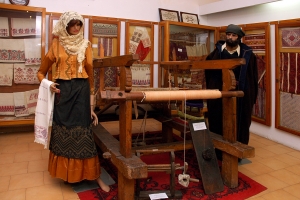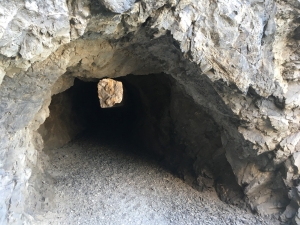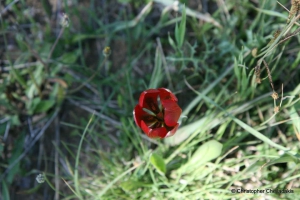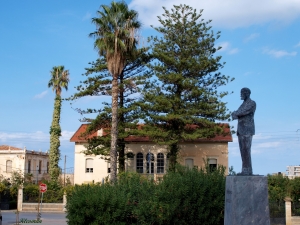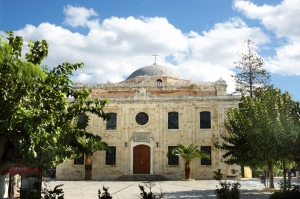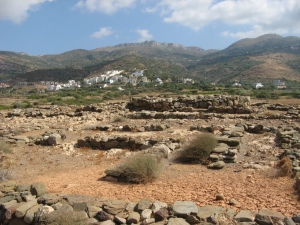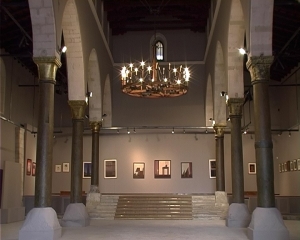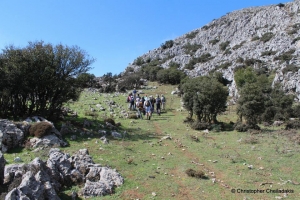The Folklore Museum of Agios Nikolaos was founded in 1978 and is housed in the Old Port Service by Lake Voulismeni. Most of the exhibited objects were donated by the Touring Club of Agios Nikolaos.
At the eastern side of Plakias and after walking along the steep coast we meet the old tunnels used in the past for transporting coal through a rail.
The red tulip of Crete (Tulipa doerfleri) is one of the 5 endemic tulip species of Crete. It grows exclusively at the small plateau of Gious Cambos, by Amari Valley, at an altitude ranging from 700-800m. In spring (April) this small plateau is covered by a red carpet made of tulips.
Eleftherios Venizelos lived in his paternal house, in Chalepa (Chania), for more than thirty years, from 1880 to 1910, and occasionally, from 1927 to 1935. He was particularly attached to this house. It is the house where he spent his youth, he got married and had his two children, and where his wife died.
During the second Byzantine period, as the largest and prime official church in the city of Chandax, St. Titus became the seat of the new Orthodox Diocese of Crete. The Venetians later installed a Catholic archbishop and converted the church into a Catholic cathedral.
The ruins of the largest Minoan cemetery in Crete have been discovered in this area with 252 graves from the early Minoan period, 1800 vases and many artefacts buried with the dead.
The Municipal Gallery of Heraklion is hosted in the Basilica of Saint Mark in the center of Heraklion, just opposite the famous Lions’ fountain. The basilica was built by the Venetians in 1239, was destroyed by an earthquake in 1303 but restored immediately,











